Improve your ride with the right tyre pressure
Keeping your tyres pumped up to the correct PSI (pound-force per square inch) not only prevents punctures, but improves your performance, giving you a smoother, faster ride.
You need to reinflate regularly - tyres can lose around 10psi per week. And of course, you'll need a pump to inflate or reinflate after a puncture.
What to look for in a pump
There are a few points to consider before choosing a pump, although it's nothing too technical.
Valve

If the cap fits
Your tyres are inflated via either a Presta or Schrader valve, both of which are easy to use.
Presta valves are commonly found on road bikes, whereas Schrader valves are usually the mtb option. Make sure you buy a corresponding pump, or one which inflates both.
PSI
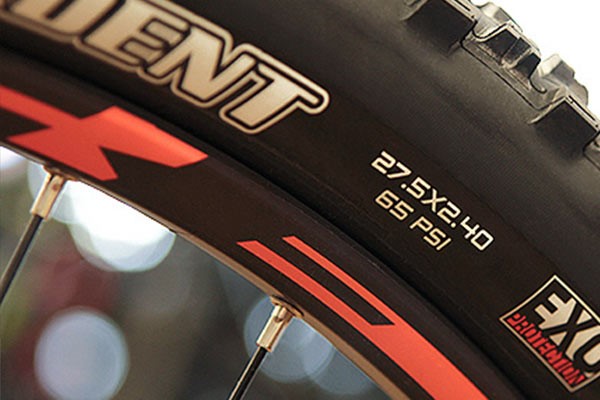
Inflation rate
Your tyres should tell you the PSI (pound-force per square inch) of your tyre.
This is from around 40 on a mountain bike and around 100 on a road bike. A gauge on the pump is a great feature to tell you how much more inflation is needed.
Types of pump
A track pump is perfect for fast filling, a hand pump will achieve air on the move and CO2 cartridges provide instant inflation. Ideally, you need a speedy but sturdy track pump for home use and a smaller pump or CO2 cartridges to carry with you.
Track / floor pumps
Pump up the volume
These are ideal for homes and workshops.
They quickly inflate your tyres to the exact pressure level with minimal effort, leaving you with plenty of energy for your ride.
Sadly, they're too large to carry with you but on the plus side, they're pretty darn durable. You'll need around 20 pumps to inflate a tyre.
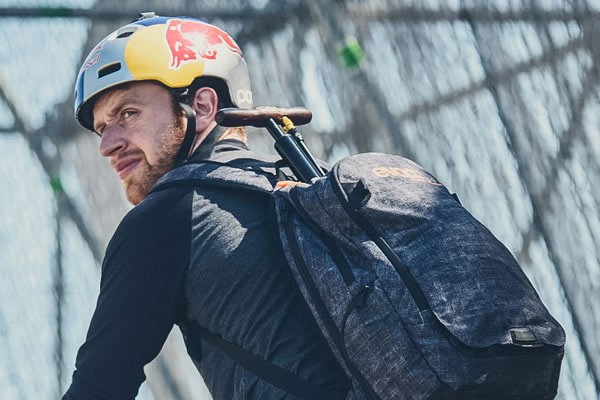
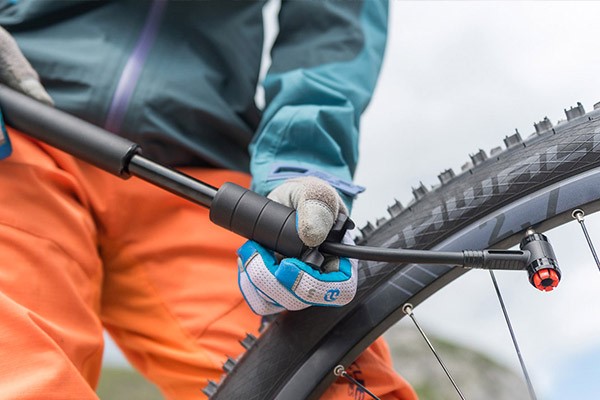
Hand / mini frame pumps
Under pressure
A standard hand pump will fit to your frame, bags or even a pocket.
Although they aren't anywhere as speedy as track pumps, they will get you home in times of trouble. Some mini-pumps have foldable bases, creating a semi-track pump which are a halfway option between performance and portability. Worried about weight? Try a carbon pump (although light weight comes at a price).
The downsides of smaller pumps are that more effort is required and you'll have to guess the pressure as they don't have gauges. You'll need around 180 strokes to inflate a tyre.
CO2 pumps
Life's a gas
These are tiny, single use cartridges which, when used with a small adaptor, make inflation easy on the move.
One cartridge will inflate to about 90psi, so plenty for a mountain bike and enough to get you home on a road bike. As with hand pumps, the absence of valves means you'll have to guess the pressure. Don't forget to carry a few with you - it's worth having a hand pump as back up too. Inflating a tyre takes seconds.
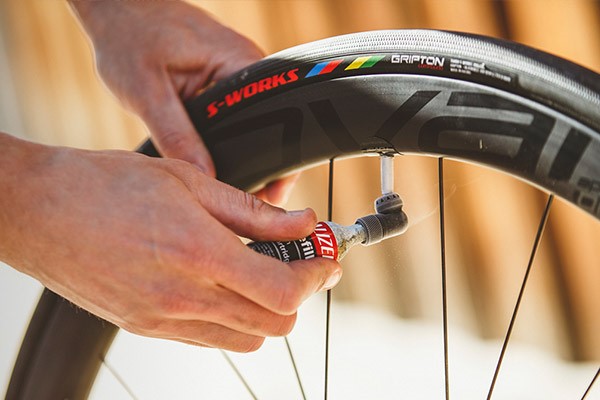
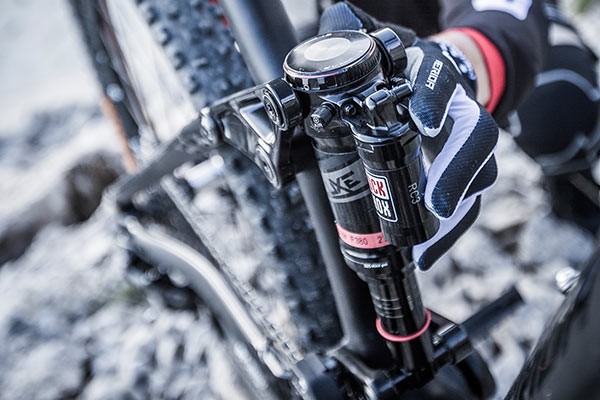
Shock pumps
Walking in the air
If your mountain bike has an air shock or fork, you need a shock pump. As with tyre pressure, a shock/fork will lose pressure over time (no matter how well made).
Shock pumps provide the high pressure needed for suspension systems, which shouldn't be inflated with any other type of pump.








